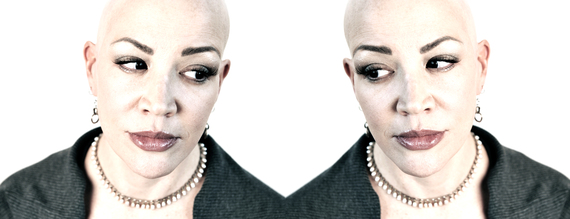
DESPITE great strides in prevention and treatment, cancer rates remain stubbornly high and may soon surpass heart disease as the leading cause of death in the United States. Increasingly, we and many other experts believe that an important culprit may be our own medical practices: We are silently irradiating ourselves to death.
The use of medical imaging with high-dose radiation — CT scans in particular — has soared in the last 20 years. Our resulting exposure to medical radiation has increased more than sixfold between the 1980s and 2006, according to the National Council on Radiation Protection & Measurements. The radiation doses of CT scans (a series of X-ray images from multiple angles) are 100 to 1,000 times higher than conventional X-rays.
Of course, early diagnosis thanks to medical imaging can be lifesaving. But there is distressingly little evidence of better health outcomes associated with the current high rate of scans. There is, however, evidence of its harms.
The relationship between radiation and the development of cancer is well understood: A single CT scan exposes a patient to the amount of radiation that epidemiologic evidence shows can be cancer-causing. The risks have been demonstrated directly in two large clinical studies in Britain and Australia. In the British study, children exposed to multiple CT scans were found to be three times more likely to develop leukemia and brain cancer. In a 2011 report sponsored by Susan G. Komen, the Institute of Medicine concluded that radiation from medical imaging, and hormone therapy, the use of which has substantially declined in the last decade, were the leading environmental causes of breast cancer, and advised that women reduce their exposure to unnecessary CT scans.
CTs, once rare, are now routine. One in 10 Americans undergo a CT scan every year, and many of them get more than one. This growth is a result of multiple factors, including a desire for early diagnoses, higher quality imaging technology, direct-to-consumer advertising and the financial interests of doctors and imaging centers. CT scanners cost millions of dollars; having made that investment, purchasers are strongly incentivized to use them.
While it is difficult to know how many cancers will result from medical imaging, a 2009 study from the National Cancer Institute estimates that CT scans conducted in 2007 will cause a projected 29,000 excess cancer cases and 14,500 excess deaths over the lifetime of those exposed. Given the many scans performed over the last several years, a reasonable estimate of excess lifetime cancers would be in the hundreds of thousands. According to our calculations, unless we change our current practices, 3 percent to 5 percent of all future cancers may result from exposure to medical imaging.
We know that these tests are overused. But even when they are appropriately used, they are not always done in the safest ways possible. The rule is that doses for medical imaging should be as low as reasonably achievable. But there are no specific guidelines for what these doses are, and thus there is considerable variation within and between institutions. The dose at one hospital can be as much as 50 times stronger than at another.
A recent study at one New York hospital found that nearly a third of its patients undergoing multiple cardiac imaging tests were getting a cumulative effective dose of more than 100 millisieverts of radiation — equivalent to 5,000 chest X-rays. And last year, a survey of nuclear cardiologists found that only 7 percent of stress tests were done using a “stress first” protocol (examining an image of the heart after exercise before deciding whether it was necessary to take one of it at rest), which can decrease radiation exposure by up to 75 percent.
In recent years, the medical profession has made some progress on these issues. The American College of Radiology and the American College of Cardiology have issued “appropriateness criteria” to help doctors consider the risks and benefits before ordering a test. And the insurance industry has started using radiology benefit managers, who investigate whether an imaging test is necessary before authorizing payment for it. Some studies have shown that the use of medical imaging has begun to slow.
But we still have a long way to go. Fortunately, we can reduce the rate of medical imaging by simply avoiding unnecessary scans and minimizing the radiation from appropriate ones. For example, emergency room physicians routinely order multiple CT scans even before meeting a patient. Such practices, for which there is little or no evidence of benefit, should be eliminated.
Better monitoring and guidelines would also help. The Food and Drug Administration oversees the approval of scanners, but does not have regulatory oversight for how they are used. We need clear standards, published by professional radiology societies or organizations like the Joint Commission or the F.D.A. In order to be accredited for CT scans, hospitals and imaging clinics should be required to track the doses they use and ensure that they are truly as low as possible by comparing them to published guidelines.
Patients have a part to play as well. Consumers can go to the Choosing Wisely website to learn about the most commonly overused tests. Before agreeing to a CT scan, they should ask: Will it lead to a better treatment and outcome? Would they get that therapy without the test? Are there alternatives that don’t involve radiation, likeultrasound or M.R.I.? When a CT scan is necessary, how can radiation exposure be minimized?
Neither doctors nor patients want to return to the days before CT scans. But we need to find ways to use them without killing people in the process.





